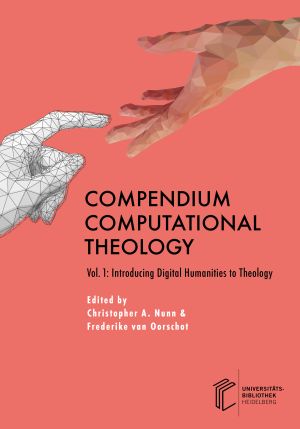Zitationsvorschlag
Lizenz (Kapitel)

Dieses Werk steht unter der Lizenz Creative Commons Namensnennung - Weitergabe unter gleichen Bedingungen 4.0 International.
Veröffentlicht
Computational Audio and Music Analysis
Abstract With the ongoing digitization, not only textual documents but also other types of media have become available in large quantities. This includes audio recordings comprising three main types of content: speech, environmental sounds (e. g. natural or urban soundscapes), and music. While all may be relevant for theological research, this chapter focuses on using audio recordings for studying sacred music (Computational Musicology). After introducing fundamentals of audio data, we first outline a technique for visualizing the tonal content (local keys and modulations) within a music recording and apply this technique to Bach’s Johannespassion BWV 245. Second, we demonstrate the potential of audio recordings for corpus analysis. We present an approach for studying the tonal complexity and its evolution over centuries. With this technique, we examine the tonal evolution of sacred music exploiting an annotated audio corpus (5,773 tracks) stemming from a leading music publisher for choral music, the Carus-Verlag Stuttgart.
Keywords Audio Signal Processing, Harmony Analysis, Computational Musicology, Corpus Analysis



